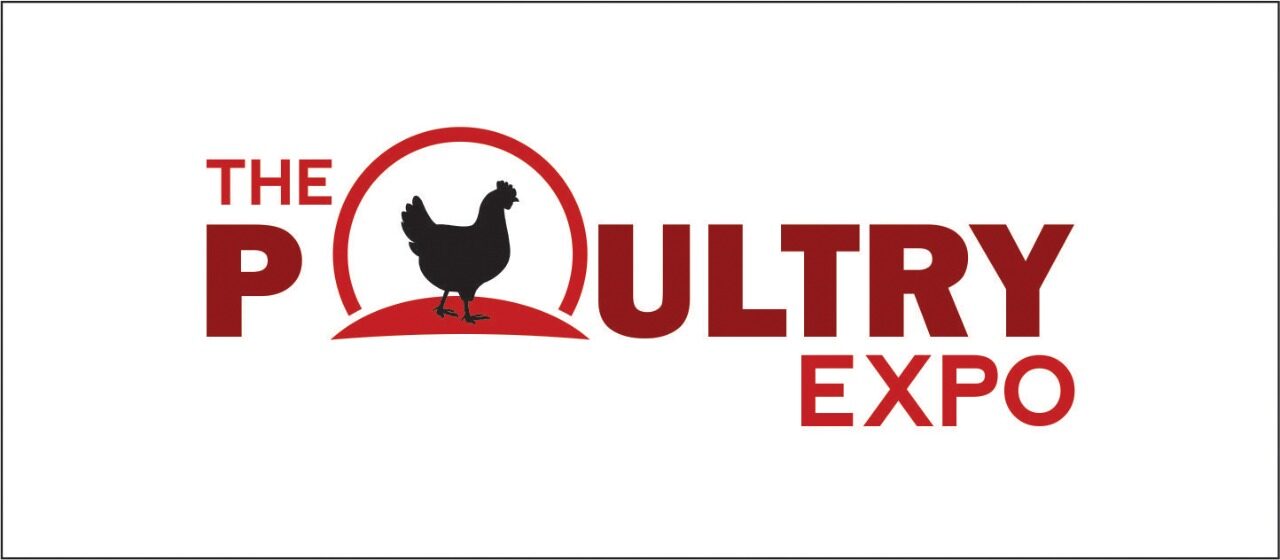Crawler blood vessels, likewise known as telangiectasias, are tiny, dilated blood vessels that show up near the surface area of the skin. These collections of red, blue, or purple blood vessels are most commonly discovered on the legs and also can be an aesthetic concern for several people. Understanding the reasons for crawler blood vessels can assist you prevent their development as well as handle existing ones. In this short article, we delve into the primary aspects that contribute to the advancement of crawler blood vessels on legs.
Genetics: A Tendency to Spider Veins
Genes play a considerable role in the development of spider blood vessels on legs. If your moms and dads or close family members have a background of spider veins, you are more likely to develop them also. This hereditary proneness is typically pertaining to weaker capillary walls and shutoffs, which can cause venous lack and ultimately the look of crawler blood vessels.
While you can not modify your hereditary make-up, knowing your family members history can prompt very early intervention and also preventative steps to reduce the progression of spider veins.
Furthermore, certain genetic conditions, such as Ehlers-Danlos disorder and Marfan syndrome, can additionally raise the risk of spider veins because of the fundamental weakness in connective cells.
- Ehlers-Danlos syndrome: A team of congenital diseases that impact collagen manufacturing, resulting in weak capillary wall surfaces.
- Marfan syndrome: A congenital disease that affects the connective tissues, including vein walls as well as valves.
Hormone Aspects and also Spider Veins
Hormonal adjustments can contribute to the development of crawler capillaries on the legs, especially in ladies. Changes in hormone levels, such as those experienced throughout puberty, maternity, as well as menopause, can deteriorate the capillary wall surfaces as well as shutoffs, making them much more susceptible to dilation and the appearance of crawler blood vessels.
During pregnancy, boosted blood volume as well as the stress fumarex costo exerted by the expanding uterus can better aggravate the development of crawler capillaries. Additionally, the presence of hormonal agents like estrogen as well as progesterone can relax the blood vessel walls, resulting in venous lack.
Though hormone variations are inevitable in certain life stages, numerous actions can be required to handle as well as reduce the exposure of spider blood vessels.
Age as well as Crawler Veins: The Function of Aging
As we age, our capillaries naturally lose flexibility as well as strength, making them more prone to ending up being dilated and visible on the skin’s surface area. This loss of flexibility can happen because of a reduction in collagen manufacturing, leading to weakened capillary walls and also shutoffs.
The advancing effect of variables such as genetics, hormonal adjustments, and also way of life options can speed up the aging procedure of the veins, boosting the likelihood of spider veins development.
- Avoid prolonged durations of resting or standing, which can cause blood merging in the legs.
- Remain energetic and also incorporate normal workout into your regular to boost blood flow.
- Raise your legs over your heart level to minimize stress on the blood vessels.
- Wear compression stockings to sustain blood vessel wellness as well as prevent blood from pooling.
Way Of Living Elements as well as Crawler Veins
Several lifestyle elements can contribute to the development of spider veins on the legs. These include:
- Chronic direct exposure to the sunlight’s harmful ultraviolet (UV) rays can damage the skin as well as bring about the development of crawler veins.
- Weight problems as well as excess weight can place boosted pressure on the blood vessels, causing them to expand and acuflex price also end up being much more visible.
- Smoking cigarettes can limit blood flow and also impair the general health and wellness of capillary, making them much more prone to dilation and the development of spider capillaries.
- Long term resting or standing can hinder appropriate blood circulation, adding to venous lack and also the development of spider capillaries.
By taking on a healthy lifestyle and implementing safety nets, you can decrease the risk of creating spider blood vessels or reduce their progression.
To conclude
Spider veins on legs can be brought on by a mix of elements, including genes, hormonal modifications, aging, as well as way of living options. While you might not be able to change your genetics, comprehending the different reasons can aid you make educated decisions to avoid and manage spider capillaries. By keeping a healthy lifestyle, remaining active, and seeking specialist suggestions when essential, you can take proactive steps towards maintaining the health and also look of your legs.
